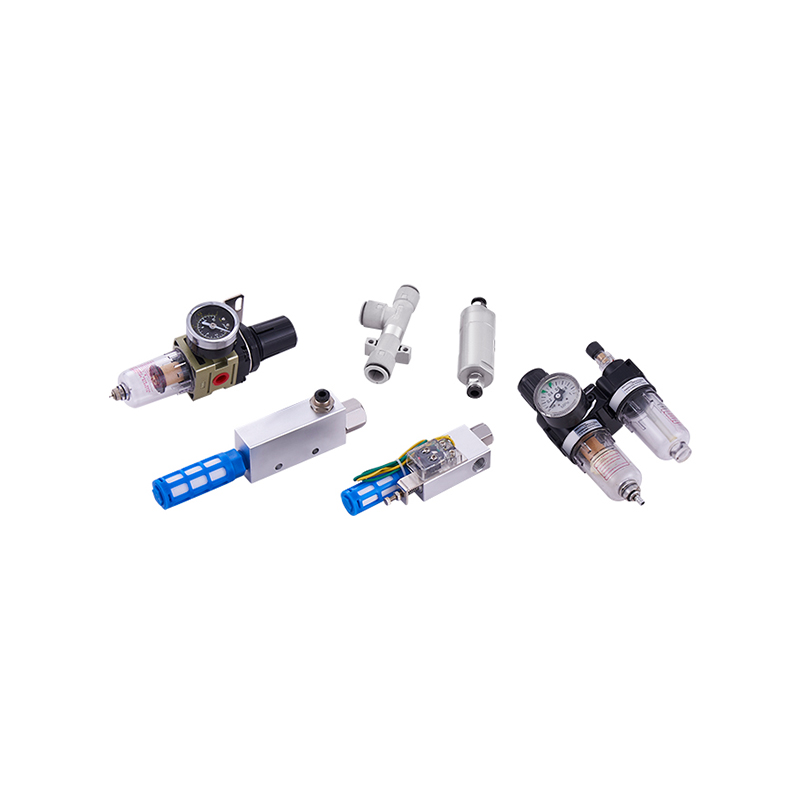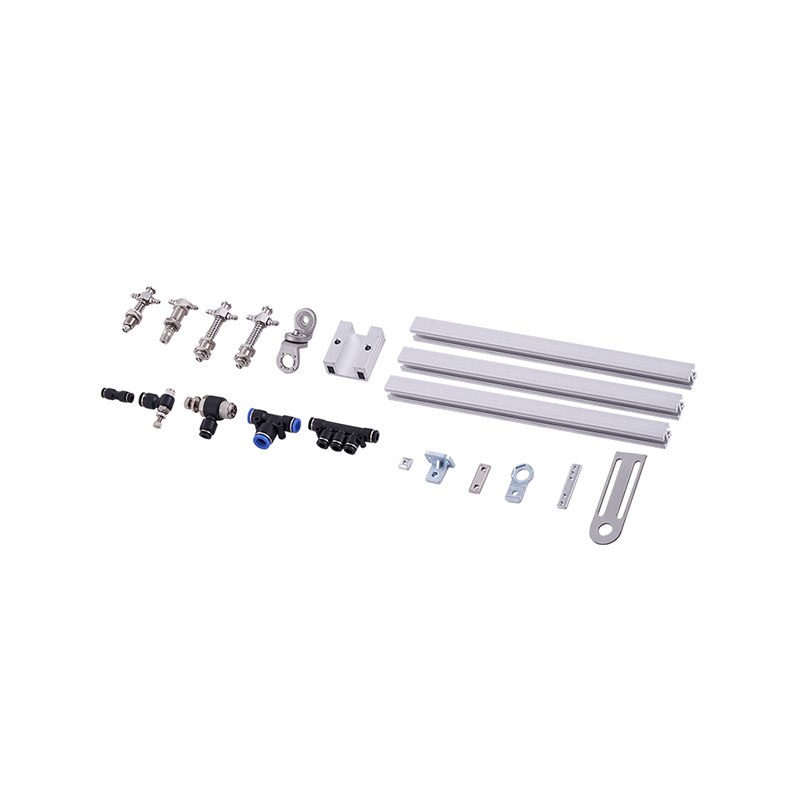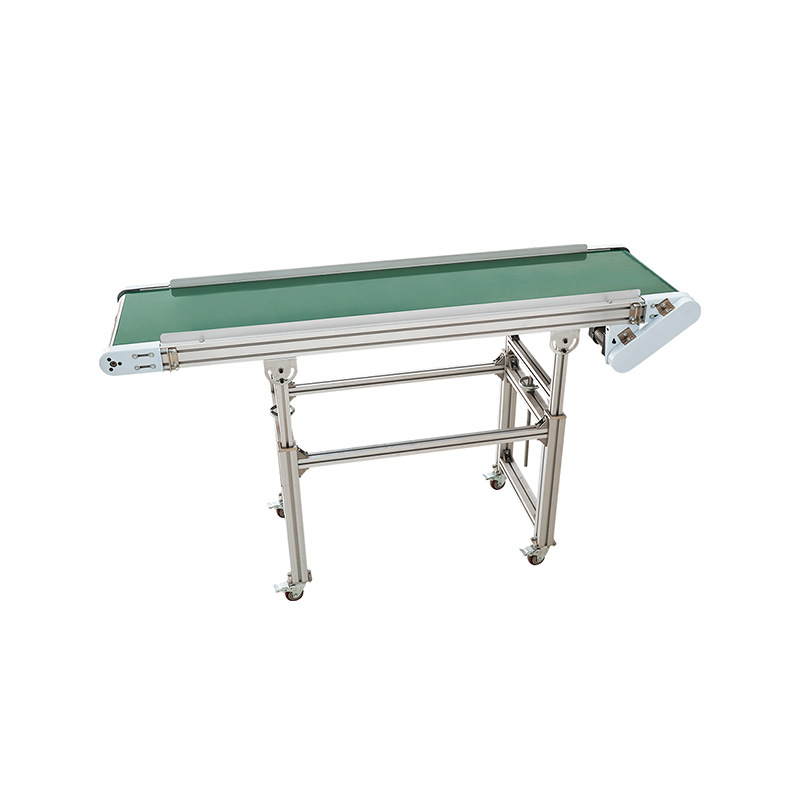Robotic welding has revolutionized manufacturing industries across the globe, enhancing efficiency, precision, and safety in welding processes. The integration of automation and intelligence in robotic welding systems has further propelled these advancements, ushering in a new era of manufacturing excellence.
Robotic welding automation has witnessed a remarkable evolution, transitioning from simple programmable machines to sophisticated systems capable of complex tasks. Initially, robotic welders were primarily used for repetitive tasks in controlled environments. However, advancements in sensors, actuators, and programming algorithms have enabled robots to adapt to dynamic production environments with greater flexibility and precision.
Automation in robotic welding eliminates human error and variability, pilot to consistent weld quality and increased productivity. Robots can work tirelessly, round the clock, without fatigue, resulting in higher throughput and reduced production cycle times. Moreover, automated systems can optimize welding parameters in real time based on sensor feedback, ensuring ideal performance and resource utilization.
Safety is a paramount concern in welding operations, given the hazards associated with high temperatures, fumes, and arc flashes. Robotic welding automation smalls human exposure to these risks by allowing operators to control the process remotely from safe distances. Furthermore, collaborative robots (cobots) equipped with advanced safety features can work alongside human workers without the need for physical barriers, enhancing workplace safety and ergonomics.
The integration of artificial intelligence (AI) technologies in robotic welding systems has unlocked new capabilities and functionalities. AI algorithms enable robots to learn from experience and adapt to changing conditions autonomously. Machine learning algorithms analyze vast amounts of data to identify patterns, optimize welding parameters, and predict potential defects, pilot to improved weld quality and process efficiency.
AI-powered robotic welding systems incorporate real-time monitoring and quality assurance features to detect defects and deviations from desired weld parameters instantly. Advanced sensors and vision systems capture data during the welding process, which is analyzed in real-time using AI algorithms. Any anomalies detected trigger immediate corrective actions, ensuring that only high-quality welds are produced consistently.
Robotic welding intelligence enables adaptive control and self-optimization capabilities, wherein robots adjust their welding parameters autonomously to compensate for variations in material properties, joint geometries, and environmental conditions. By continuously monitoring the welding process and analyzing sensor feedback, AI algorithms optimize weld penetration, bead shape, and heat distribution, resulting in predominant weld quality and performance.
The future of robotic welding automation and intelligence holds tremendous promise for further advancements in manufacturing. Continued research and development efforts aim to enhance robot dexterity, expand the range of weldable materials, and integrate robots into diverse manufacturing processes seamlessly. However, challenges such as high initial costs, complex programming requirements, and the need for skilled technicians remain significant barriers to widespread adoption.
Robotic welding automation and intelligence represent a paradigm shift in modern manufacturing, offering unparalleled efficiency, precision, and safety in welding operations. The integration of AI technologies empowers robots to learn, adapt, and optimize welding processes autonomously, paving the way for increased productivity and quality assurance. As technology continues to evolve, robotic welding systems will play an increasingly pivotal role in shaping the future of manufacturing across industries.



 English
English 中文简体
中文简体 русский
русский Español
Español عربى
عربى












